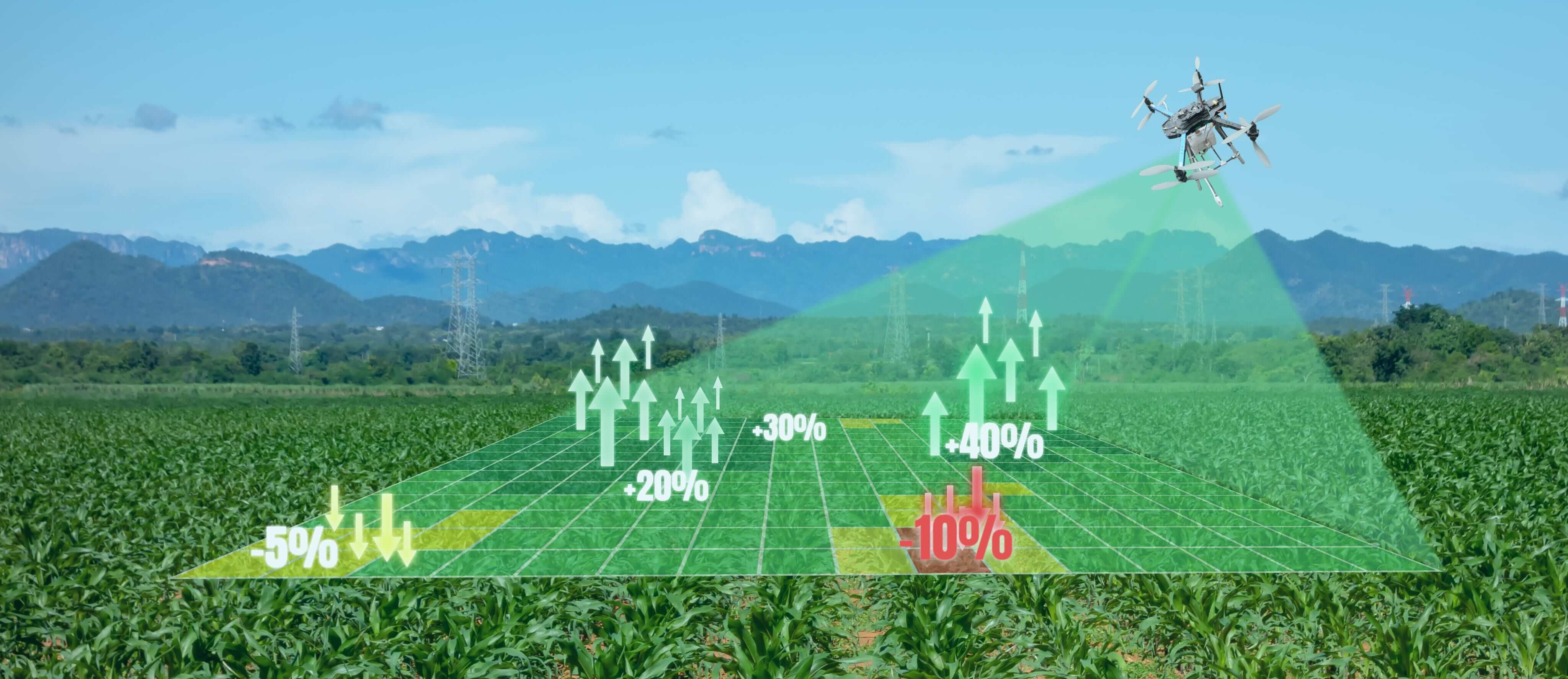What is Unmanned farms? | Q & A

Unmanned farms, also known as autonomous or robotic farms, refer to agricultural operations that rely heavily on automation, robotics, and artificial intelligence (AI) to perform tasks traditionally carried out by human labor. The concept of unmanned farms is part of the broader trend toward precision agriculture, where technology is used to optimize farming practices for increased efficiency, productivity, and sustainability.
Key Features of Unmanned FarmsAutomation and Robotics:
- Autonomous Tractors and Machinery: Self-driving tractors, harvesters, and planting machines can operate with minimal human intervention, using GPS, sensors, and AI to navigate fields and perform tasks.
- Drones: Drones are used for monitoring crops, spraying pesticides, and even planting seeds in some cases. They provide real-time data on crop health and field conditions.
- Robotic Harvesters: Robots equipped with cameras and AI can pick fruits, vegetables, and other crops, reducing the need for manual labor.
AI and Data Analytics:
- Precision Farming: AI algorithms analyze data from various sources (e.g., soil sensors, weather stations, satellite imagery) to optimize planting schedules, irrigation, fertilization, and pest control.
- Predictive Analytics: AI can predict crop yields, disease outbreaks, and optimal harvest times, helping farmers make informed decisions.
- Automated Decision-Making: AI systems can make real-time decisions about farm operations, such as when to water crops or apply fertilizers, based on data analysis.
IoT (Internet of Things) and Sensors:
- Smart Sensors: Sensors deployed across the farm monitor soil moisture, nutrient levels, temperature, and other environmental factors, providing continuous feedback to the automated systems.
- Connected Systems: IoT networks link all the sensors, machinery, and monitoring systems, allowing seamless communication and coordination across the farm.
Remote Monitoring and Control:
- Remote Access: Farmers can monitor and control farm operations remotely through smartphones, tablets, or computers, using real-time data and AI-driven recommendations.
- Cloud Computing: Data collected from the farm is stored and processed in the cloud, enabling sophisticated analysis and decision-making.
Sustainability and Resource Efficiency:
- Optimized Resource Use: Unmanned farms use resources like water, fertilizers, and energy more efficiently, reducing waste and minimizing environmental impact.
- Sustainable Practices: Precision application of inputs reduces the need for chemicals and conserves natural resources, promoting sustainable farming practices.
- Increased Productivity: Automation and AI can lead to higher crop yields and more efficient farming operations.
- Reduced Labor Costs: By reducing the need for manual labor, unmanned farms can lower labor costs, especially in regions facing labor shortages.
- Enhanced Precision: Precision agriculture techniques ensure that crops receive the right amount of water, nutrients, and protection, improving overall crop health and reducing waste.
- Sustainability: More efficient use of resources contributes to environmental sustainability, reducing the carbon footprint of agricultural operations.
- Scalability: Unmanned farms can operate at a larger scale with consistent quality, making them suitable for large agricultural enterprises.
- High Initial Investment: The technology required for unmanned farms can be expensive to implement, making it less accessible for small-scale farmers.
- Technical Expertise: Operating and maintaining autonomous systems require a level of technical expertise that may not be readily available in all farming communities.
- Reliability and Maintenance: Ensuring the reliability of automated systems and addressing potential malfunctions can be challenging, especially in remote areas.
- Data Security and Privacy: The extensive use of data in unmanned farms raises concerns about data security and privacy.

As technology continues to advance, unmanned farms are expected to become more prevalent, with increasing automation and integration of AI, robotics, and IoT. These farms represent the future of agriculture, where efficiency, precision, and sustainability are key drivers of success. The ongoing development of these technologies could revolutionize farming, making it more resilient to challenges such as climate change, labor shortages, and the need for increased food production.
